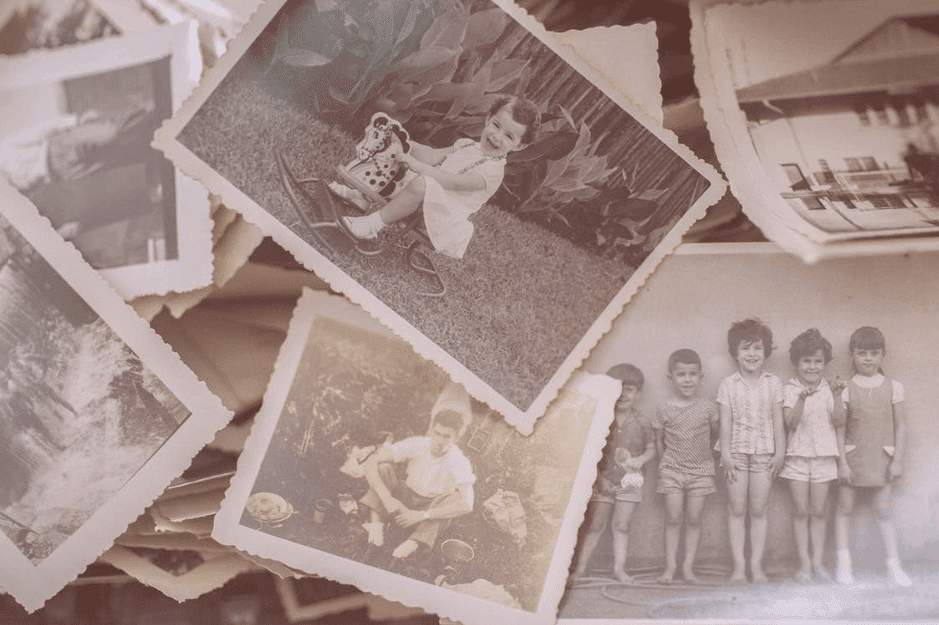
It may seem like printed photos are a thing of the past. However, vintage photos are a glimpse into the history and are often irreplaceable. In a world that thrives on digital images, knowing how to keep your precious photos safe is more important now than ever.
By taking precautions, you can preserve and store your printed photos so that they’ll last for generations. Here are the best tips and tricks for keeping your photos safe, whether they’re from last week or the last century.
Make Copies for Display
If you want to showcase some of your old photos, don’t use the original. Instead, make a copy. Photos are sensitive to light exposure, even when fully developed. Over time, having a photo framed and displayed, even if it’s out of direct sunlight, can cause degradation. The light itself can fade and discolor the image over time, while the exposure to oxygen can cause it to break down.
Keep the originals in a cool, dry place away from the sun. Consider keeping them in a plastic tote for external protection, as a cardboard box is sensitive to moisture and can attract pests.
Document Everything with the Right Tools
Take the time to write about each photo. Jot down who is featured in the image, where it was taken, and when. This note will be an excellent reminder for you when you revisit your photo box, and will also create a record to help future viewers know what they’re looking at.
When documenting things, be sure to use the right writing tools. Don’t use a regular ballpoint pen on an image. Instead, invest in an archival ink pen, which is one of the best gel pens for safely writing on images. Give the ink time to dry before stacking the photos together. If possible, avoid writing on the image at all and use note cards instead.
Avoid Damaging Organization Tools
When organizing photos, it makes sense to categorize them and keep groups together. This categorization could be done by year, event, or even the person featured within the pictures.
Whichever method you choose, avoid using things like elastics, paperclips, and staples to keep your images together. These materials can cause cuts and distortion to the images, especially if left for an extended period.
Instead, use file separators or note cards made from archival quality paper. This type of paper lacks the components that can cause discoloration or chemical leaching that distorts images over time.
Keep a Safe Work Area When Handling Photos
Always set up a clean, protected workspace for organizing or reviewing photos. This area should be clean and away from windows. Set up a boundary to keep food and drinks away from the pictures and always wash your hands after leaving the area to grab a snack or beverage.
Be vigilant in paying attention to how you handle your pictures, holding them only by the edges. If working with photos is a hobby that you’ll often be doing, it’s well worth the investment to purchase some cotton gloves. Gloves will reduce the transfer of natural oils from your skin to the photos.
Ditch the Old Albums
Before the digital era, it was common practice to arrange photos in albums with peel and stick pages. Unfortunately, these albums were usually cheaply made and lack photo-safe materials. If the album doesn’t have “acid-free” printed somewhere on the cover, then it’s best to take the photos out, remove any stickers, and store them elsewhere.
If you choose to purchase albums to store your images, look for the acid-free label or talk to local photo supply companies to see what brands they recommend.
Taking the time to store photos properly is well worth the effort. When handled with care, photos can be passed from generation to generation, creating a sentimental heirloom project your family will love.
